Arsenal 2 Pro: Tested

The Arsenal 2 Pro intelligent camera assistant is a device designed to tap into your camera’s software and programme the best possible exposure settings for any given composition. It’s aimed in part at amateur photographers who desire the superior results of manual mode, but haven’t yet built up their skills sufficiently, but also has some cool features that even pros will find useful. At the time of writing, the unit, originally only available on Kickstarter, costs $299 (AUD $442), but will be $429 (AUD $635) when it hits retail stores.

There’s too much going on here to explain every feature in depth in this review, but the basic principle is that Arsenal will use AI to calculate the optimum exposure settings for your composition and lighting conditions based on its memory bank of thousands of similar images.
Design
The physical unit is a small (75 x 50 x 10 mm) device that attaches to the hot shoe of your DSLR or mirrorless camera. It connects to the camera’s guts via a USB cable, and to the accompanying phone app (iPhone or Android) via wifi. Due to the complexities and individual characteristics of modern cameras, each cable is calibrated to suit a particular camera model, e.g. the review unit’s cable was programmed for the Sony Alpha A6400, and won’t work with any other model.
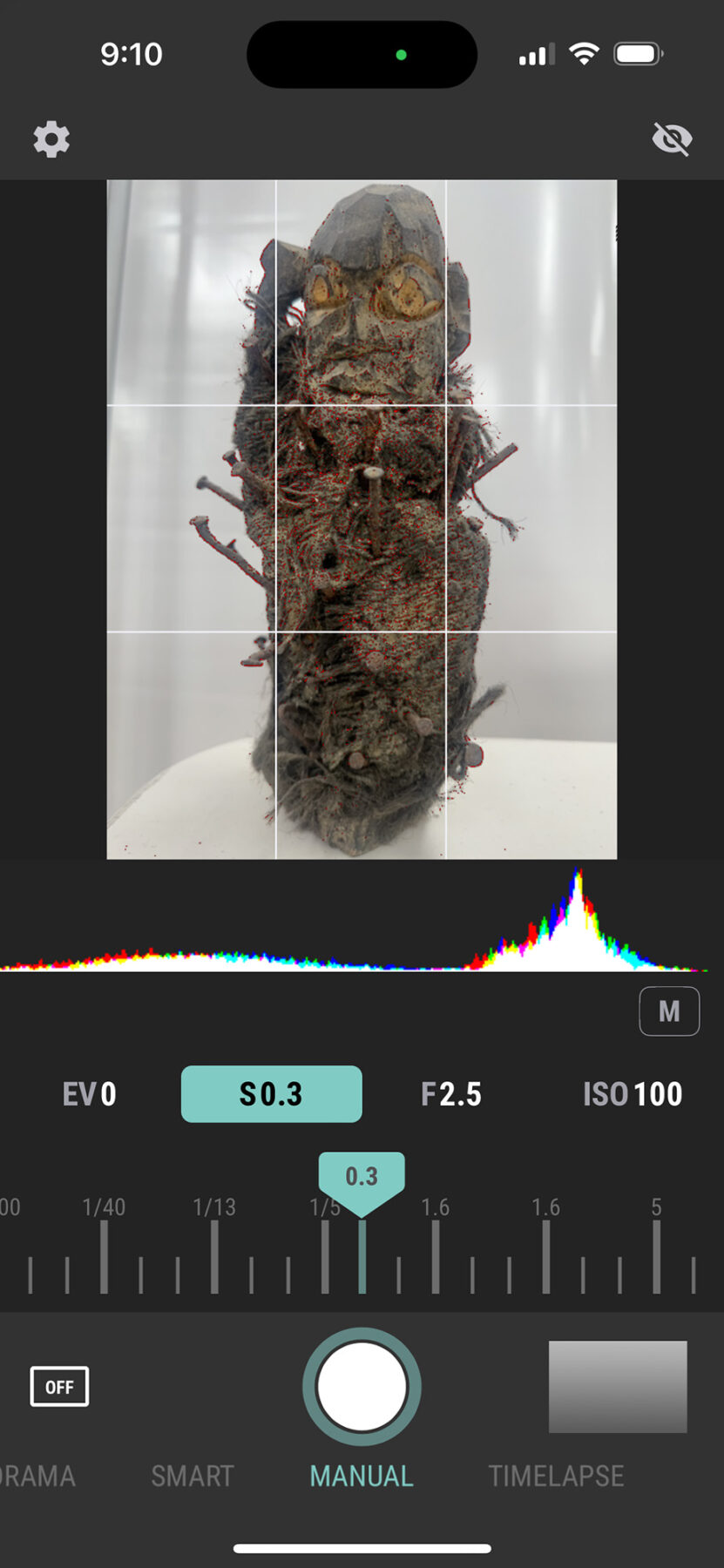
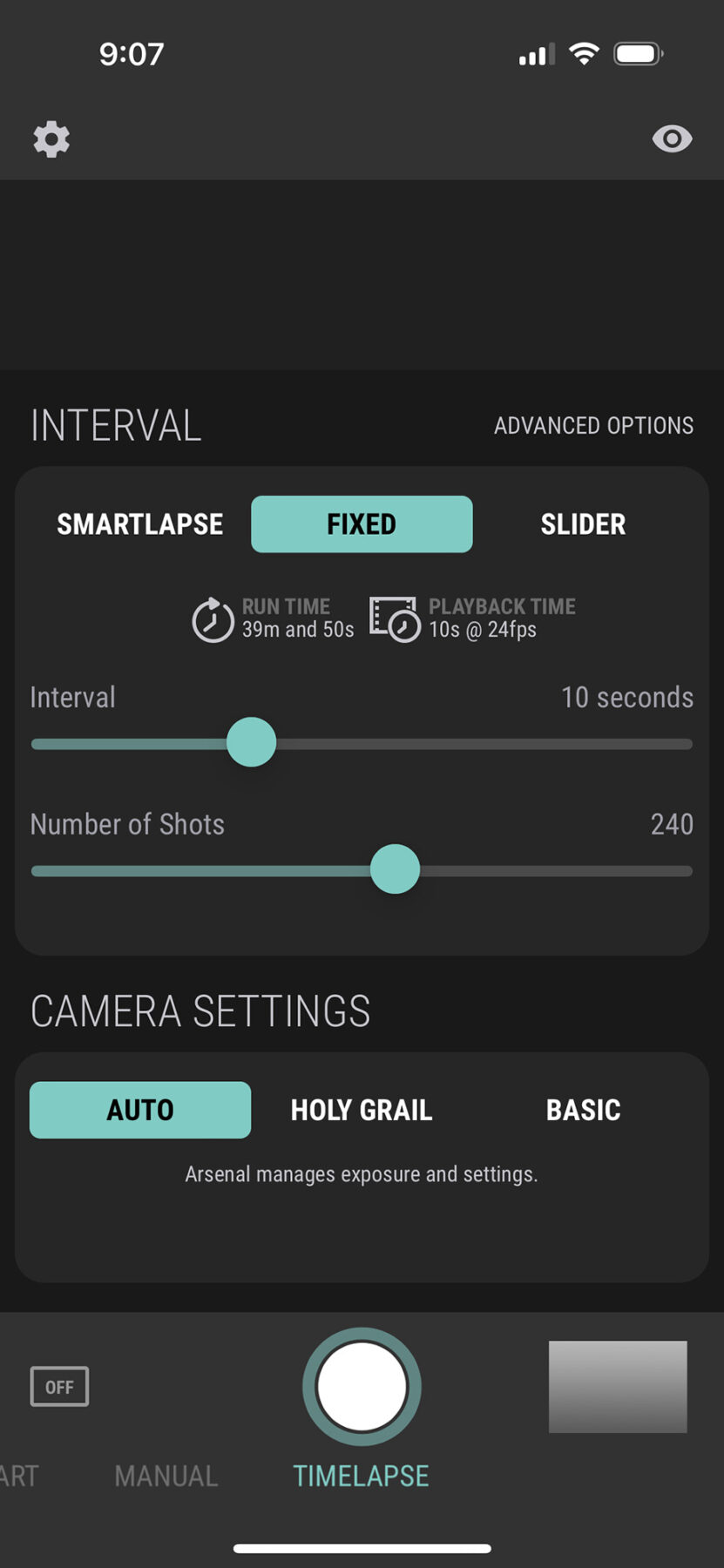
After physically connecting and switching on Arsenal, the unit will locate and connect with the app. The view from the viewfinder will appear on your phone screen, along with the settings sliders. Simply set your camera to Aperture Priority, tap the desired focus point on the phone screen, then the shutter release button, and Arsenal will calculate the perfect settings and trigger the shot.
This is Smart Mode, and results were generally good. Over a range of compositions and conditions, I compared the Arsenal 2 result with both my own manual efforts and Sony’s Auto mode. I consider myself an average photographer and hence in Arsenal’s target market, yet there were occasions on which my shots (and even sometimes those of Auto mode) were indistinguishable from those of the unit. However, given it can take me several minutes playing with the settings to achieve my desired shot, Arsenal got there quicker.
In the field
Probably my main quibble is that it’s not quite as simple to use as advertised. Some camera functions still need to be correctly set or enabled/disabled. For instance a focus error message in the app baffled me until I set the focus mode to Flexible Spot. Another time, I was thwarted by windy conditions, the vibrations of the tripod preventing the app from settling on one setting, and it wouldn’t take the shot unless I changed the priority to shutter release. I couldn’t have pinpointed these solutions without contacting the Arsenal team, who were very helpful when they replied, but by then the particular shot was lost. They have assured me a future firmware update will resolve these issues.
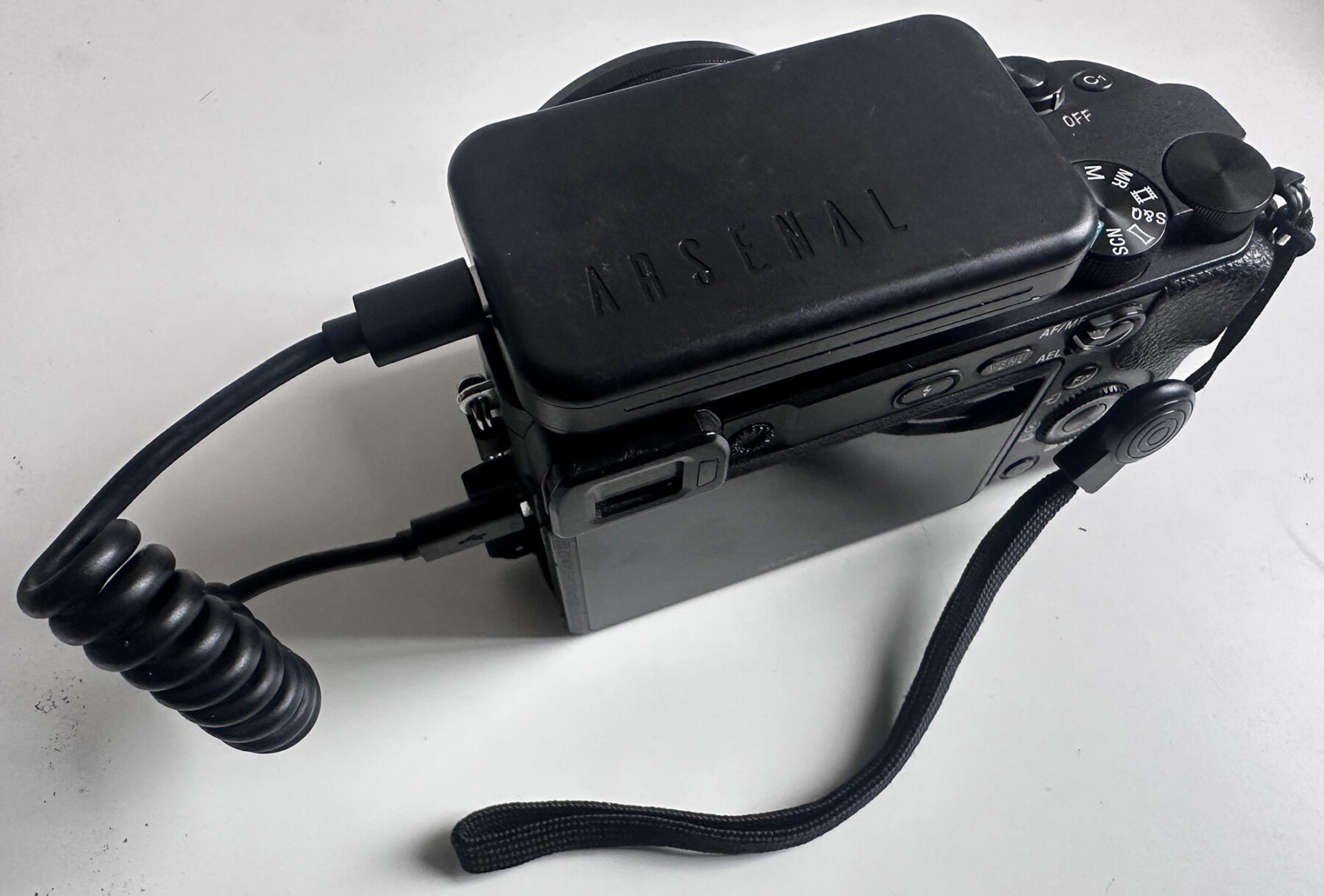
Creatively, the unit won’t know if the photographer desires a particular effect, like a slower shutter speed for waterfall blur, but it is possible to adjust the settings manually within the app, which is also useful if operating the camera remotely (up to 30m away).
Because the calculation usually takes a couple of seconds, and thus requires the camera to be mounted on a tripod, Smart Mode isn’t appropriate in quick-thinking or action situations. For those, there is Handheld Mode. My hope was to roam around, whipping out the Sony/Arsenal combo and snapping away, each shot perfectly exposed, but having to go through the 30-45s set-up and app connection process each time I spotted an opportunity soon got tiresome. Plus, if you want to quickly switch to Auto or try your own skills, you have to turn off the Arsenal to stop it interfering. Sometimes, when faced with the whole palaver, I just didn’t bother.
The resulting images can be manipulated with the much-vaunted Deep Color effect. This is a nice feature, subtler and richer than a regular vivid filter, although sometimes results can be unusual, e.g. sunset orange ‘deepened’ into a pale blue.
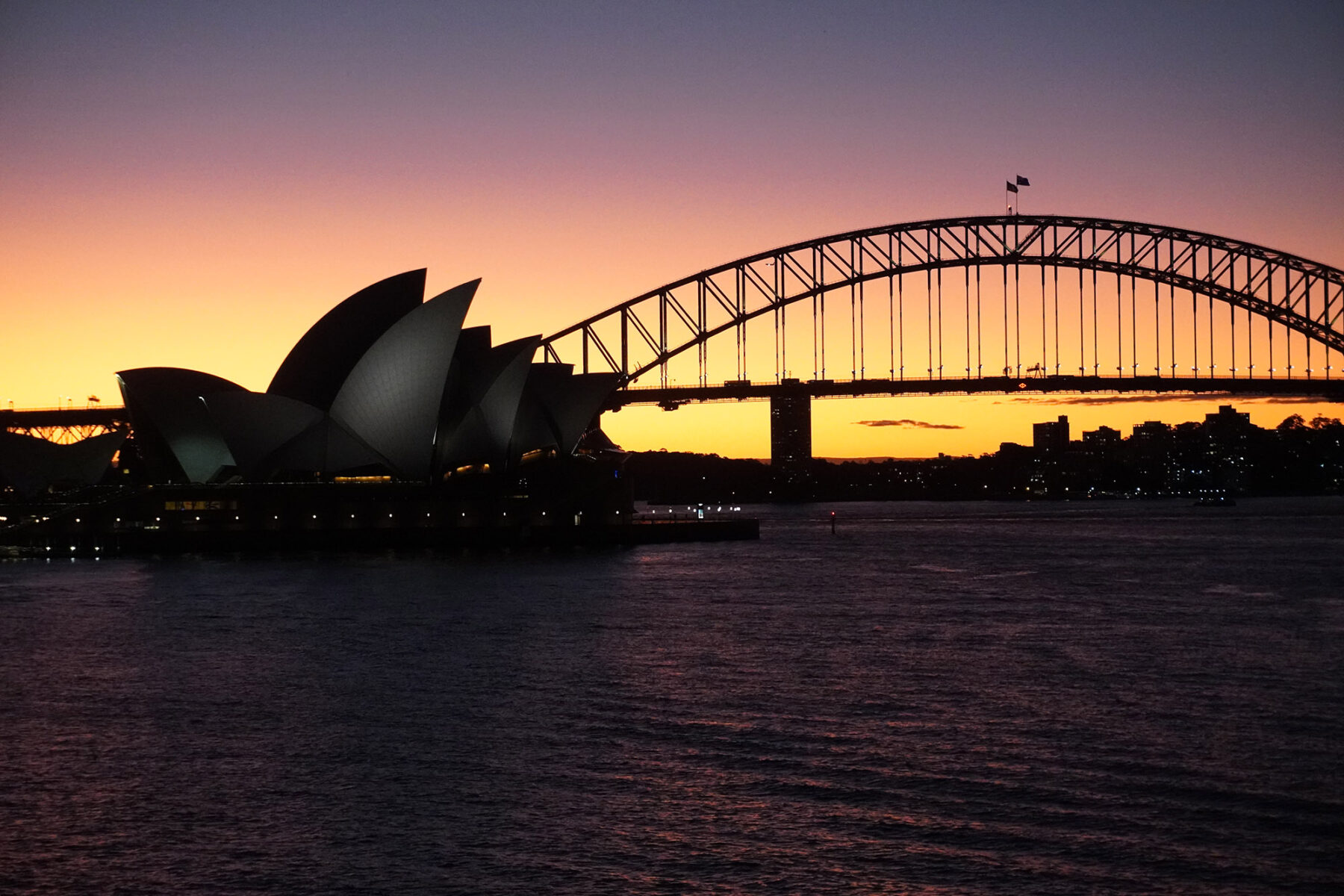
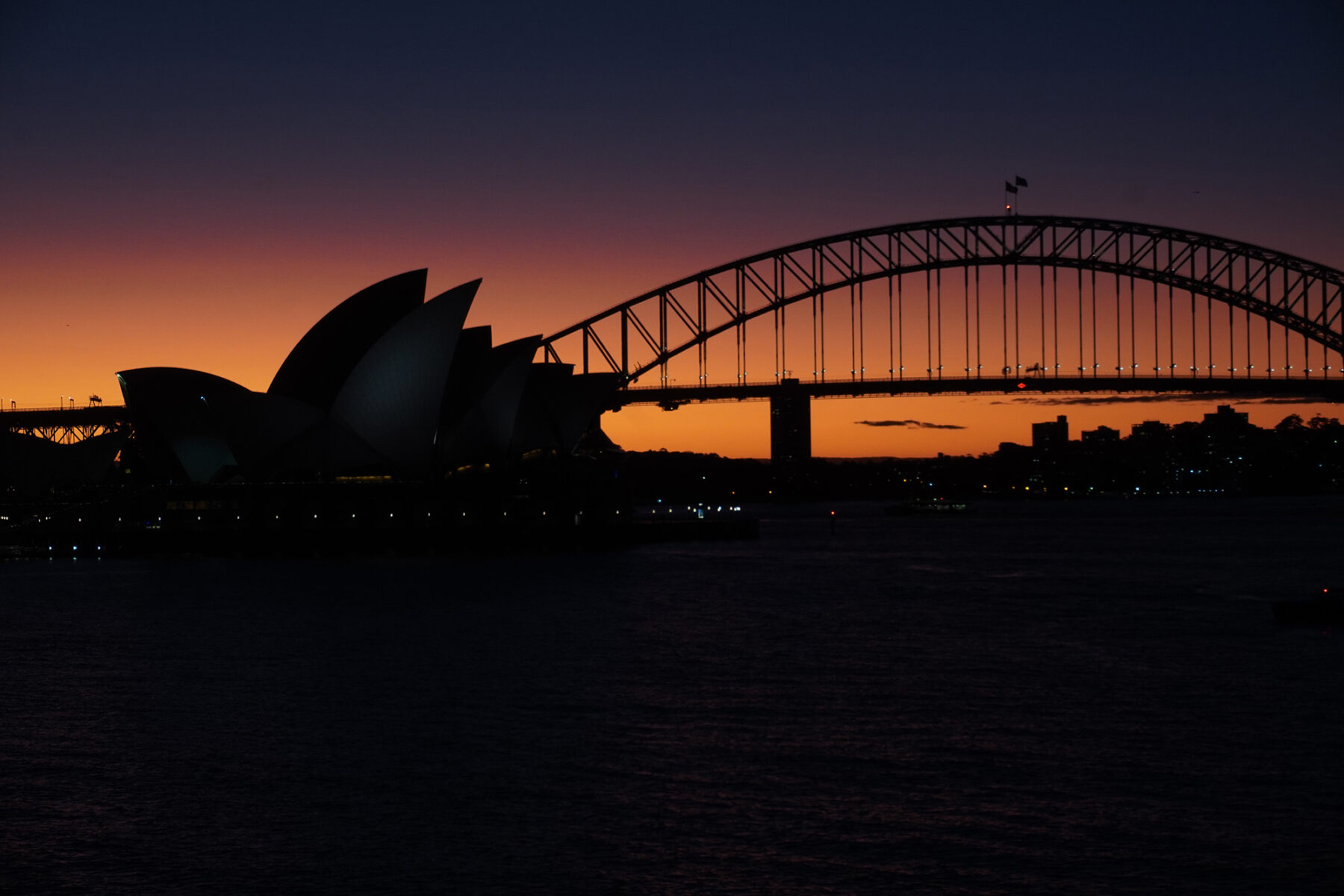
The app also enables a number of other useful functions, including focus stacking, exposure bracketing, smartlapse, and Long Exposure Stacking. I don’t have space here to go into those in detail, but they have some good features, although it always took me a good amount of experimentation to get decent results. There is also Night Assist Mode for astrophotography, Crowd Control, which removes random people from spoiling your beautiful architecture shot, and Live Panorama.
Battery-wise, a fully-charged Arsenal 2 Pro should last around four hours, so is fine for taking on a specific shoot, but not an all-dayer. You can use your camera battery to power the Arsenal in a pinch, but it does suck the juice out of it. Captured images are stored on both the unit’s Micro SD card (not included) and in a dedicated album in your phone’s gallery, where they can be shared straight to social media.
The final word on the Arsenal 2 Pro
Overall, the Arsenal 2 Pro is a great idea with loads of potential, mainly for the amateur photographer, but while the design is good, the tech could be better. Plus, it’s a lot more complex to learn how to use than is implied in the marketing. Give this another couple of iterations though, and the pros may have to watch their backs.
See With Arsenal for more info and current pricing.




